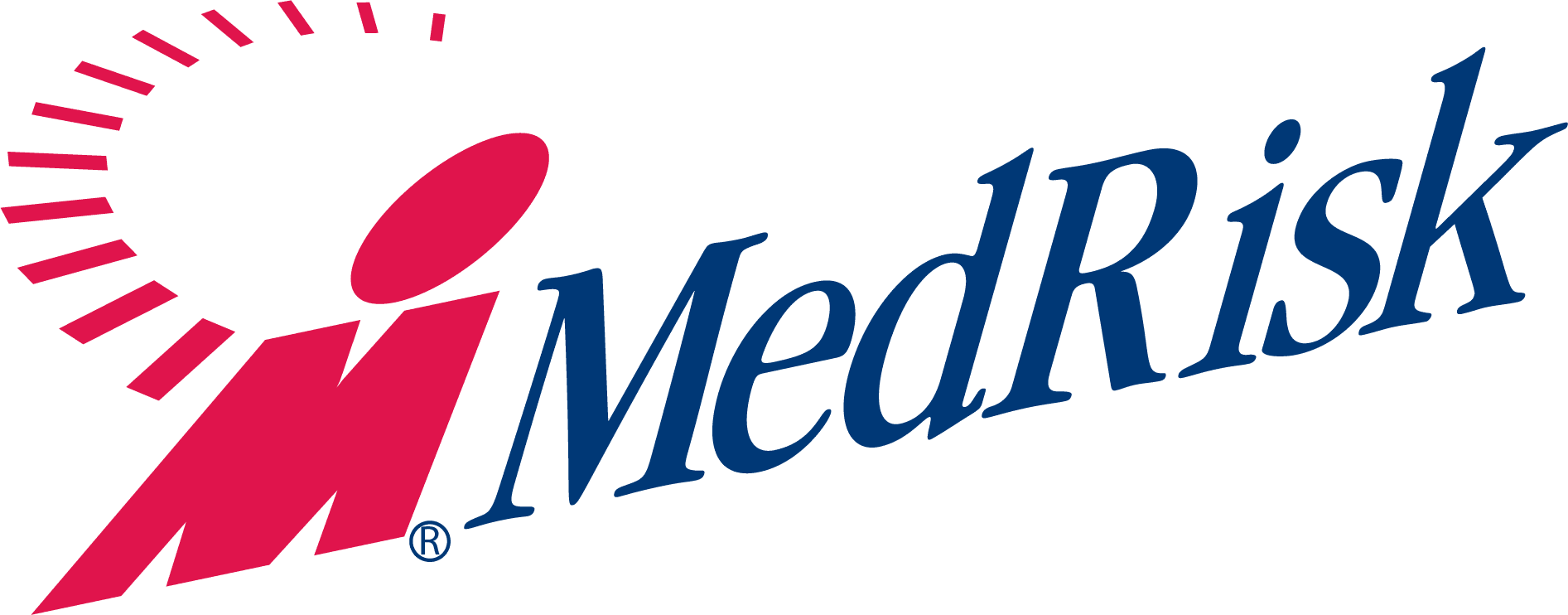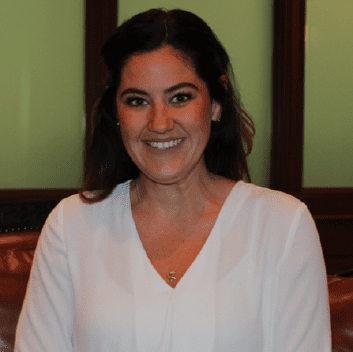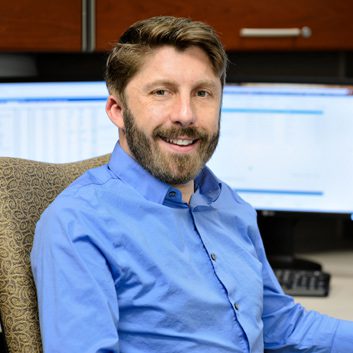King of Prussia, PA (November 8, 2021)
A chance encounter with a physical therapy pamphlet while serving in Vietnam changed the trajectory of Paul Beattie’s career. Today, his research is changing the world of PT: in the military, in workers’ compensation, the wilderness and beyond.
A charter member of MedRisk’s International Scientific Advisory Board (ISAB), a practicing PT for over 45 years and a Clinical Professor Emeritus in the Department of Exercise Science at the University of South Carolina, Paul Beattie, PT, PhD, FAPTA, is dedicated to improving lives through PT.
Particularly the lives of fellow veterans and active – duty members of the U.S. Army.
“Being a combat veteran is a kaleidoscope of good and bad experiences that you have for the rest of your life,” reflected Beattie. “I’m really lucky to have gotten through that and I’m grateful to have gone to college and become a PT.”
A U.S. Army veteran of Vietnam ’69 – ‘71, Beattie attended Quinnipiac College (now University) under the wings of Harold Potts, Chair and Founder of the PT Program—and WWII veteran looking to give other veterans a chance.
Beattie’s first job outside of PT school was for the Department of Rehabilitation Medicine at Manhattan Veteran’s Hospital. As his experiences as a PT evolved through the years – from student to practicing clinician to researcher to professor – Beattie eventually found himself in the same shoes as Potts: when veterans applied to PT school, he would always make a point to help them and he continues looking out for them today. A military family, Beattie’s son currently serves as a U.S. Army Captain.
It’s no question that the military lifestyle has made its mark on Beattie. Now, he is making his mark on the military with his unique PT experience and research.
PT Service & Research for Military Applications
For example, through his work with the Armed Forces Chaplaincy Center from 2004 – 2016, Beattie provided chaplain candidates with skills to help them support wounded, injured and emotionally distraught individuals in dangerous battlefield environments.
More recently, Beattie has become the co – principal investigator for a military team of PTs, pharmacists, physicians, nurses and clinical trial support members for a study funded by a grant from the Department of Defense to assess the effectiveness and efficacy of a drug targeting bone growth. Forteo, known generically as Teriparatide, is currently used to treat osteoporosis. The study is investigating the drug’s use to accelerate bone growth after a broken bone or stress fracture during military training or duty.
Based in the largest U.S. basic training facility at Fort Jackson in Columbia, South Carolina, the study has significant implications for active – duty force readiness. Stress fractures are common – up to 20 percent of trainees will get them – and this drug has the potential to speed healing, allowing members to stay on site for training or embedded with teams, rather than be evacuated.
“This could be an enormous advance for sports medicine implications, military implications, injured workers and the geriatric population,” Beattie said.
Beattie’s work has been instrumental in PT military applications. And the reverse is also true: Beattie is focused on extending military applications of PT into other areas, some conventional and others emerging.
Emerging Application: PT Military Model in the Wilderness
A common practice in the military is embedding PTs with special forces units such as Green Berets and Navy Seals. This model allows PTs to treat these highly elite tactical athletes onsite more effectively and prevent evacuation from often remote, difficult environments.
Recently, Beattie’s interest has been extending this model to wilderness applications with PTs as members of search and rescue, firefighter or park ranger teams.
“If we can prevent injuries and reduce evacuations and keep people functioning at point of contact, it’s a win – win situation,” said Beattie.
Beattie is currently promoting that PTs with unique skills embedded during fire season can significantly help injured wildland firefighters, in which the overwhelming majority of injuries reported are musculoskeletal: lower limb, back and shoulder sprains and strains. By embedding PTs close to the fire line, evacuations can drop up to 20% – saving enormous time and resources when they are needed most.
PT – First Care for Musculoskeletal Injuries
PT as a point of contact responder is becoming more common in conventional applications as well. For example, North Dakota recently began allowing injured workers with musculoskeletal injuries to see PTs directly without going to physicians first. Beattie agrees on this direction.
“During the COVID pandemic, hospitals have had problems with staff depletion as physicians and nurses shifted to work in the ICU,” said Beattie. “In emergency departments, which is a point of contact for acute musculoskeletal pain, PTs have been taking over as the primary care provider.”
He continued: “Compelling data has shown that when PTs are embedded in EDs, patients are seen faster and the number of images and other lab studies are reduced, saving costs and improving outcomes and overall patient satisfaction.”
Beattie’s interest in embedding PTs at important touch points – such as austere and wilderness environments and even the ED – is a testament to his dedication to progressing the PT profession.
Beattie’s Impact on MedRisk’s ISAB
As an APTA Catherine Worthingham Fellow, Beattie’s work is recognized as resulting in lasting and significant advances in the science, education, and practice of the PT profession.
Beattie continues to sit on MedRisk’s ISAB, offering his truly unique perspective and contributing to the Evidence – Based Guidelines in Injured Worker Treatment.
“It’s an incredible opportunity to meet so many talented colleagues,” said Beattie. “The ability to sit down with peers to synthesize evidence, appraise it and come out with a product – which is the guidelines – is challenging, but gratifying.”



